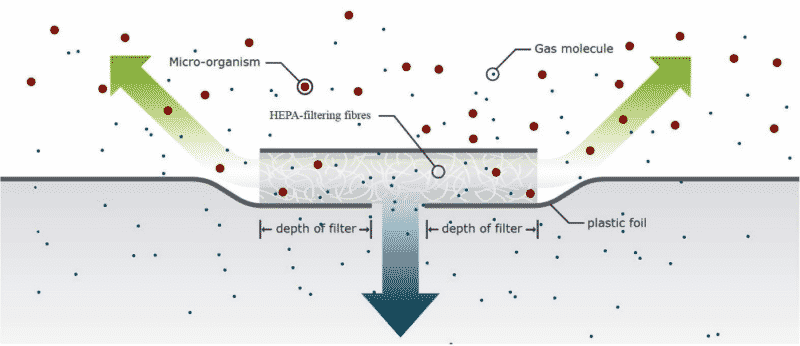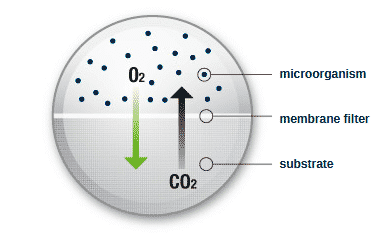Mycelium for professionals
Mycelium for professionals
MUSHROOMS
Producing top quality mushrooms isn’t an easy task.
Although peak performance can be obtained by getting everything right. It comes to no surprise that the whole cycle starts with great spawn. Now, there’s more than one way to acquire happy mycelium but it’s crucial to keep in mind you’re dealing with a living organism. As we all do, it needs water, food and air. This last aspect is what we’ll discuss today.
Doesn’t it hurt to throw out bad spawn? Either because it contaminated or because it doesn’t show the proper vigour? Especially since most of the time it’s our fault the mycelium doesn’t perform like it’s supposed to. We could get everything right from water content to substrate recipe and still not get the desired result because we refused to get a proper recipient for our mycelium. I know, I know; in a production scheme, a penny saved is a penny earned but how many pennies are we earning by using subpar spawn bags and having to throw out 5-10% of the production?
A bag that creates the ideal microclimate to nurture the growing mycelium. A bag that allows the flow of oxygen in and carbon dioxide out. A bag which eliminates the migration of contaminants. Why, a filtered breathing bag of course!
Filter location is one aspect of breathable bags. Most bags have a filter patch covering several needle point holes or a single large one. Although this is a fine method of providing gas exchange for the top part of the spawn, it won’t allow dissipation of carbon dioxide from the lower regions in the bag. Research has shown that the concentration of carbon dioxide is up to 90% higher in the lower regions of filter patch bags than in their head space, i.e. the pocket of air above the substrate.

This is detrimental for mycelium growth as it possibly results in the forming of a crust on top of the substrate, limiting the flow of oxygen and carbon dioxide even more. On the other hand, a well distributed filter touching the spawn helps to drain excess heat and carbon dioxide. It also supplies the mycelium with much-needed oxygen to keep decomposing the nutrients in de substrate. Because as with men, the way to mycelium’s heart, is through its stomach… if it would have one.
The filter material is another important aspect for both gas exchange and security. In general, there are two types of material: woven and non-woven. Woven materials are defined by their pore size which means that any particle smaller than the pore size can possibly pass through the membrane. Non-woven filters work in a different way.
Much like a HEPA-filter, the randomly arranged fibres will gradually decrease the kinetic energy of moving particles by bouncing them off until they are caught in the three-dimensional maze. The efficiency is determined by the filter’s depth or the distance a particle must travel to pass through the filter. The longer this distance, the higher the efficiency. You get it already, it’s so very important to get the right filter.

The third and last element to keep in mind is the filtration surface. Depending on the fungus you’re trying to grow, you’ll want more or less gas exchange. This is correlated with the incubation time. Substrates incubated for multiple months (e.g. Lentinula) benefit from a lower amount of gas exchange. This also limits the total water loss in the substrate which is crucial for fruitbody formation.
Going through the trouble of getting everything but your spawn bag right, is just a shame. Invest in a good spawn bag. Find out what suits your production method best and reap the results.
By Jan Van Nuffel, Sac O2